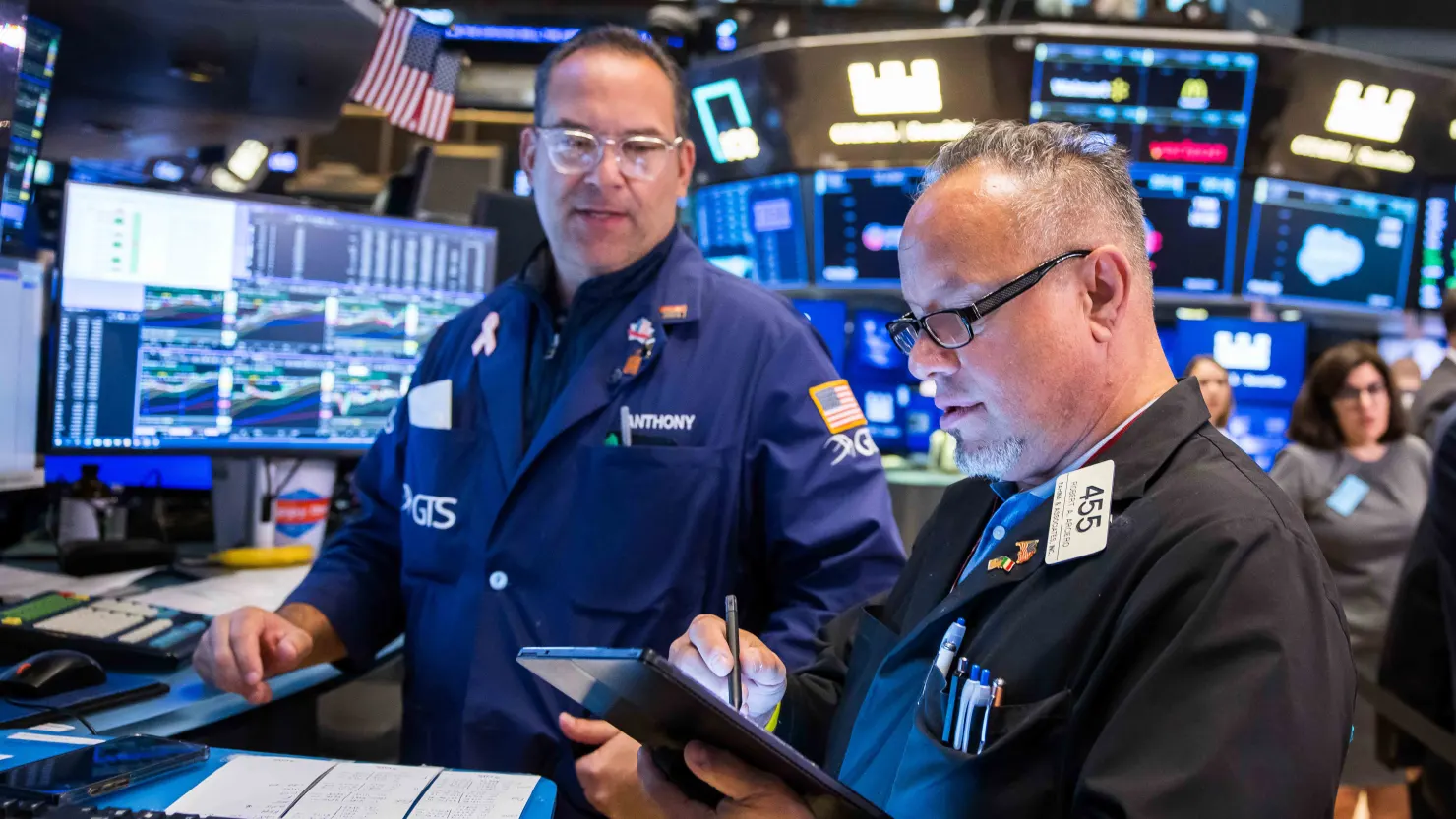

preCharge News BUSINESS — Foreign investors poured a record 8.21 trillion yen ($56.6 billion) into Japanese equities and long-term bonds in April, marking the largest monthly inflow since Japan’s Ministry of Finance began keeping records in 1996. The shift comes as investors reacted to former President Donald Trump’s sweeping tariff actions, retreating from U.S. assets and turning to Japan’s reputation for economic stability and policy predictability.
“Trump tariff shocks likely changed global investors’ outlook on the U.S. economy and asset performance,” said Yujiro Goto, Head of FX Strategy at Nomura. “This likely led to diversification away from the U.S. to other major markets including Japan.”
Market Timing: The Spike That Started It All
Trade Volatility Triggers Shift Within Days
Ministry data reveals that most of April’s record inflows occurred within the first week after Trump’s April 2 announcement of “reciprocal” tariffs. U.S. 10-year Treasury yields rose 30 basis points between April 3 and April 9, while Japan’s equivalent fell by 21 basis points from April 2 to April 8—creating an attractive yield differential.
Global equity markets stumbled initially, but Japan’s Nikkei 225 closed April up more than 1%, while the S&P 500 declined slightly. The divergence reflected growing confidence in Japan’s market resilience, according to analysts.
Institutional Muscle Behind the Move
Funds and Insurers Lead Japanese Bond and Equity Purchases
Unlike retail-led rallies, the April surge into Japanese assets was driven largely by institutional investors. According to Nomura, pension funds, reserve managers, life insurers, and asset managers made aggressive equity purchases, while long-term bonds attracted capital from traditional safe-haven seekers.
“This was an exceptional month, given everything happening in the global macro environment,” said Kei Okamura, MD at Neuberger Berman and Japanese equities portfolio manager. “Global investors clearly felt the need to diversify away from the U.S.”
Is the Momentum Sustainable?
Trade Deals Restore U.S. Sentiment, but Japan’s Edge Remains
With the U.S. now softening its trade tone and reaching key agreements—most notably with China and the UK—some investors may shift back toward American markets. But many strategists believe Japan’s long-term appeal remains intact, even if April’s record-setting pace doesn’t persist.
“Trump’s erratic policy approach has damaged trust in U.S. assets,” said Vasu Menon, MD of investment strategy at OCBC. “That credibility gap could push more global fund managers to overweight markets like Japan.”
Rashmi Garg, senior portfolio manager at Al Dhabi Capital, agrees: “Japan’s status as a haven remains strong, particularly among institutional investors.”
Catalysts Behind Japan’s Investment Revival
Corporate Governance Reforms and Shareholder Value Drive Flows
Beyond macro uncertainty, investors have been drawn by Tokyo Stock Exchange reforms targeting shareholder returns. In March 2023, the TSE introduced a policy requiring listed companies with price-to-book ratios below 1 to either “comply or explain,” pushing companies to improve capital efficiency.
This shift has led to a surge in share buybacks, strengthening earnings per share and supporting stock prices. “Japan Inc. is becoming more investor-friendly,” said Asset Management One International in a recent note.
Currency and Economic Tailwinds Add More Fuel
Yen’s Strength and Economic Rebound Support Japanese Equities
The Japanese yen, while weaker during April’s U.S. rally, has regained ground. For many, that signals a potential inflection point. “If the yen strengthens and the U.S. dollar weakens further, Japanese equities could see continued inflows,” said Okamura.
He added, “This trend has legs. Japan will likely continue to see good flows.”
Michael Makdad of Morningstar predicts a decade-high in net inflows, thanks to corporate reforms and continued economic stabilization. However, he doesn’t expect a similar rush into short-term Treasury bills due to the lack of arbitrage opportunities that once existed under negative interest rate policy.
Conclusion: Japan’s Resurgence Is More Than a Fad
While April’s numbers were inflated by geopolitical drama, the structural reforms, policy stability, and rising investor focus on diversification suggest Japan’s resurgence as a global investment hub could be more than a temporary shift.
Despite short-term U.S. confidence returning, Japan now offers something many markets lack—predictability in an unpredictable world.
























